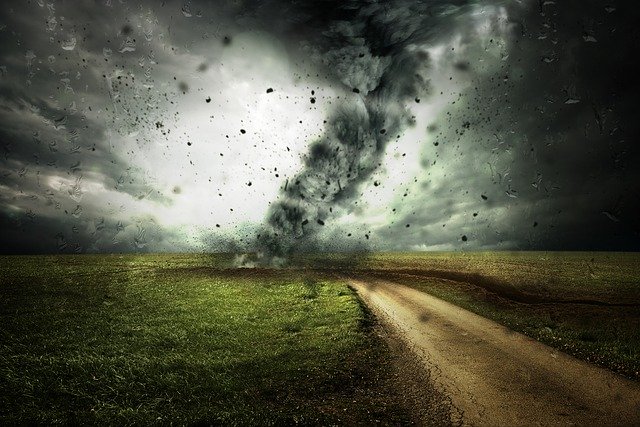In late November, the developers of the Záchranka mobile app and Mobile Radio system issued a press release announcing their new digital public warning system (SDVO). This is a system that can be used to alert an entire city or county to a large-scale threat event at once, which could save many lives in the future.
Currently, the Czech Republic relies solely on warnings through national media such as television and radio. Therefore, a digital public warning system could bring significant advantages in the future and facilitate the work of an integrated response system.
SDVO is based on the aforementioned mobile application Záchranka and a mobile radio system that has been in successful operation for several years and covers about 500 towns and villages. The developers began operational testing of the application in Prague, Brno, and Pilsen this spring
, and Filip Maleňák, the author of the Záchranka app, stated in a press release introducing the new project that coverage of other cities and the entire region, including South Moravia He stated that the project is being considered to cover other cities and the entire region, such as South Moravia.
The system is covered by the Crisis Management and Resident Protection Unit, and information sent by city or regional crisis management officials, in consultation with the Integrated Rescue System Unit, will be delivered to users in the form of notifications and e-mails. SMS messages sent from this system can be converted into voice messages on mobile devices.
Alert only registered persons
The pros and cons of an entire system of digital public alerts using cell phones are based on one thing: coverage. Currently, only those who own a smartphone with an ambulance app installed or who are registered with the mobile radio system thanks to the municipal authorities are notified of the danger.
Thus, although a bit exaggerated, only those who have enough space on their phones for an emergency app, so to speak, and who have it on their phones just in case, but who are very unlikely to use it, will receive actual danger information. Also, even if they have the app installed or are registered on their cellular radio, they will only receive information from their own municipality, regardless of whether they are in that municipality or not. Therefore, the system does not react to the user\’s current location. In other words, it can warn about dangers that are not actually in its range, and vice versa.
The solution to this situation is to pre-install the system as a native part of the software in cell phones sold on the Czech market. However, this could be abused, and many users might have a problem with it. In any case, this is a laudable software venture that could be applied on a global level and potentially save countless lives. We have high hopes for the developers and look forward to the further development of this promising system.